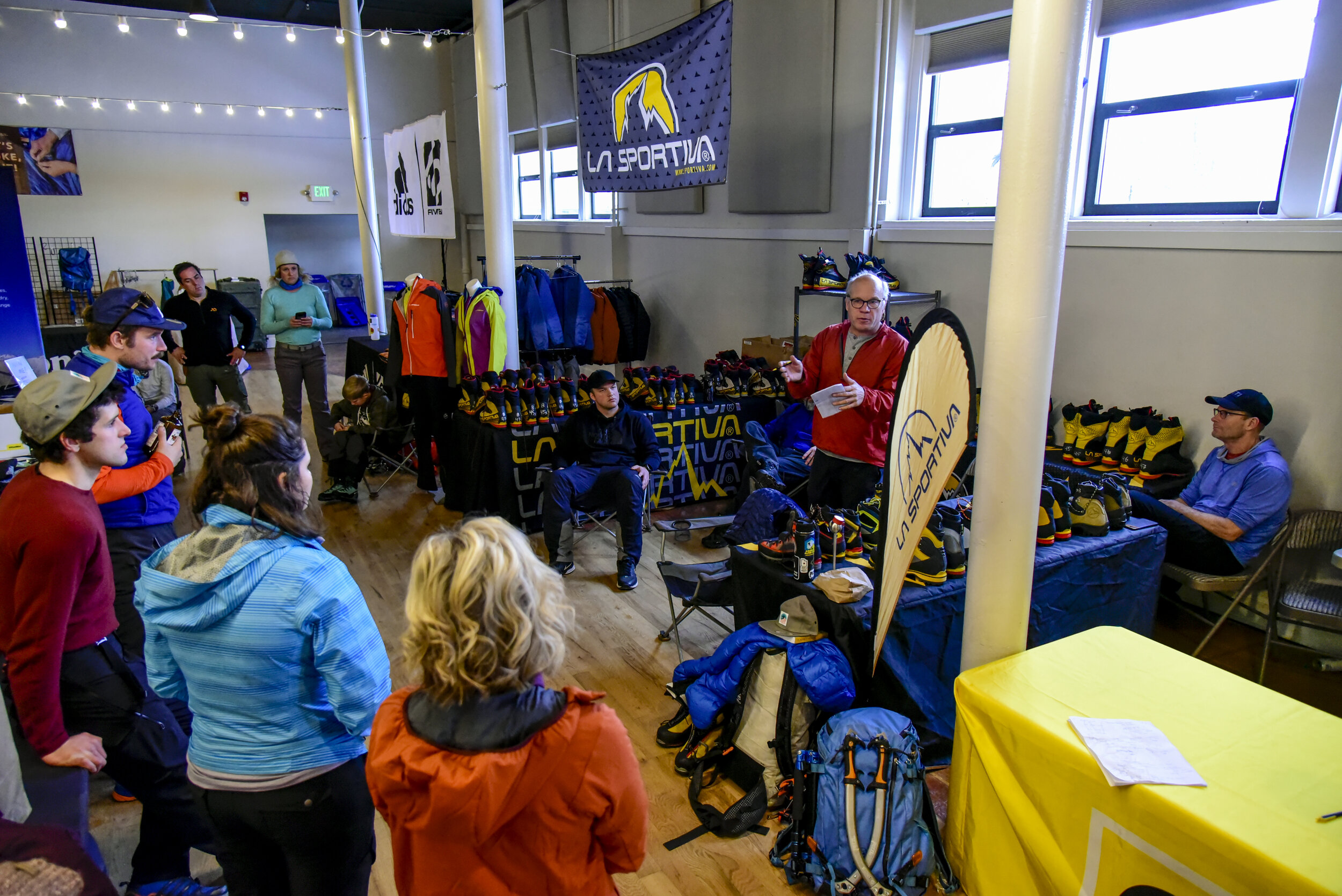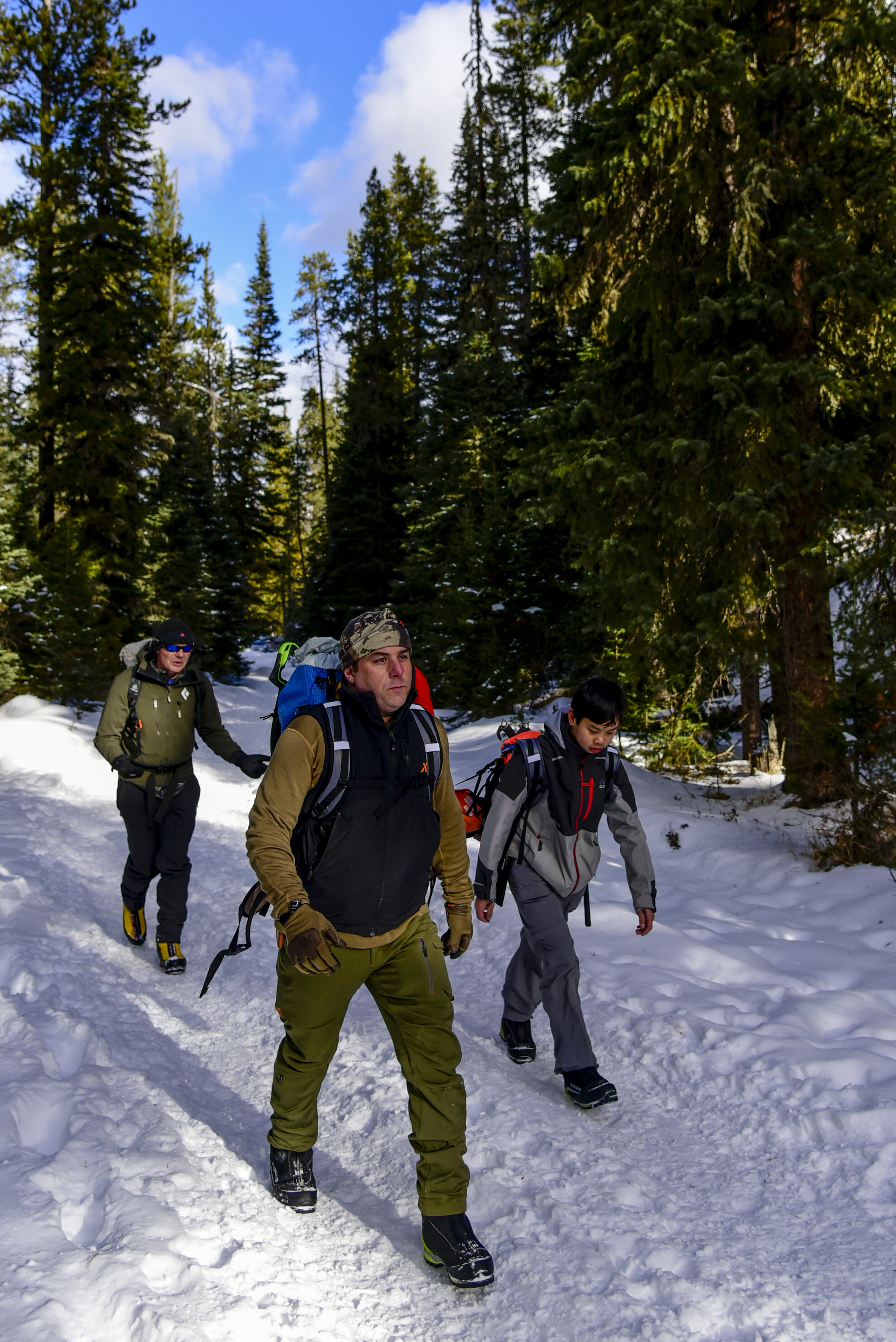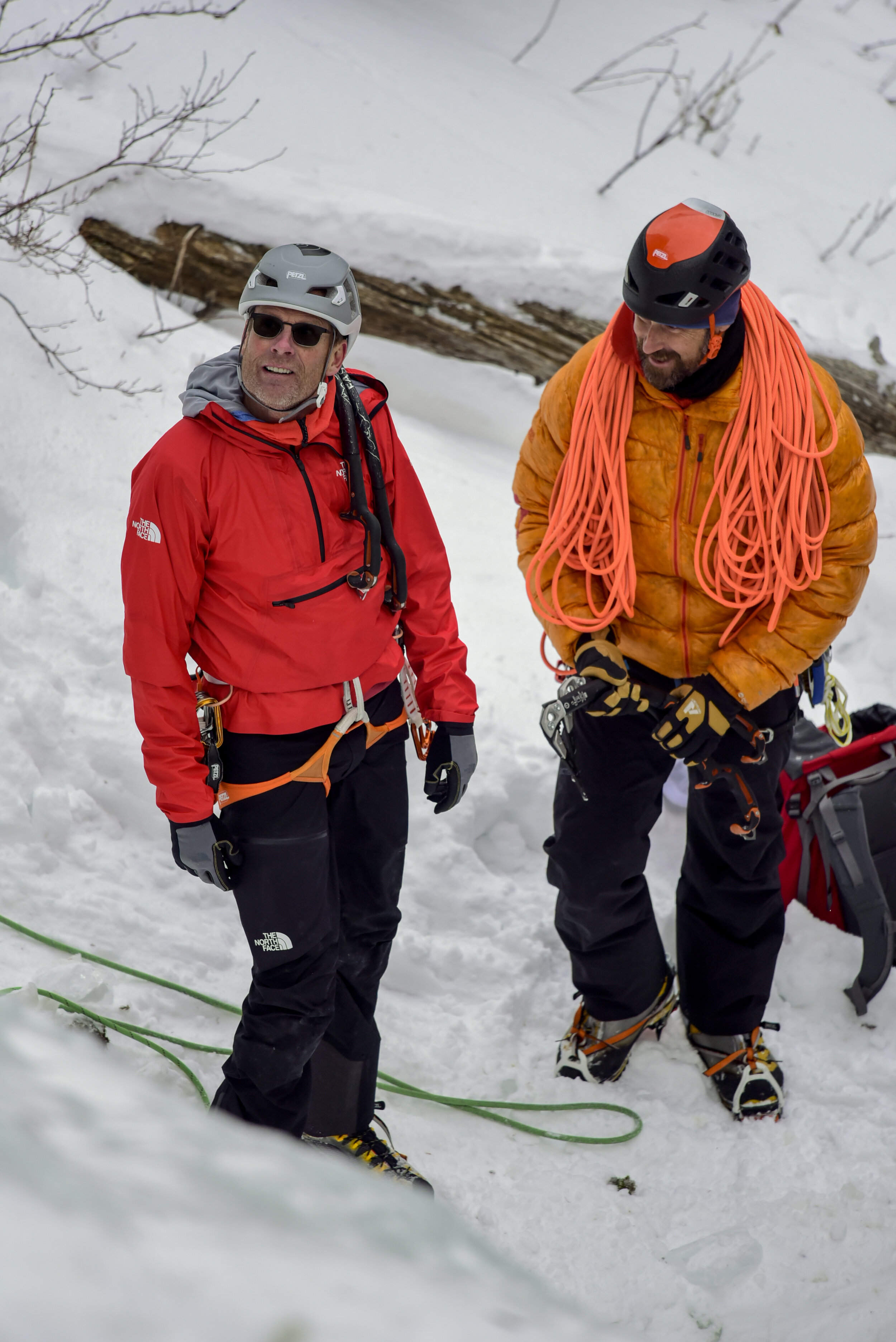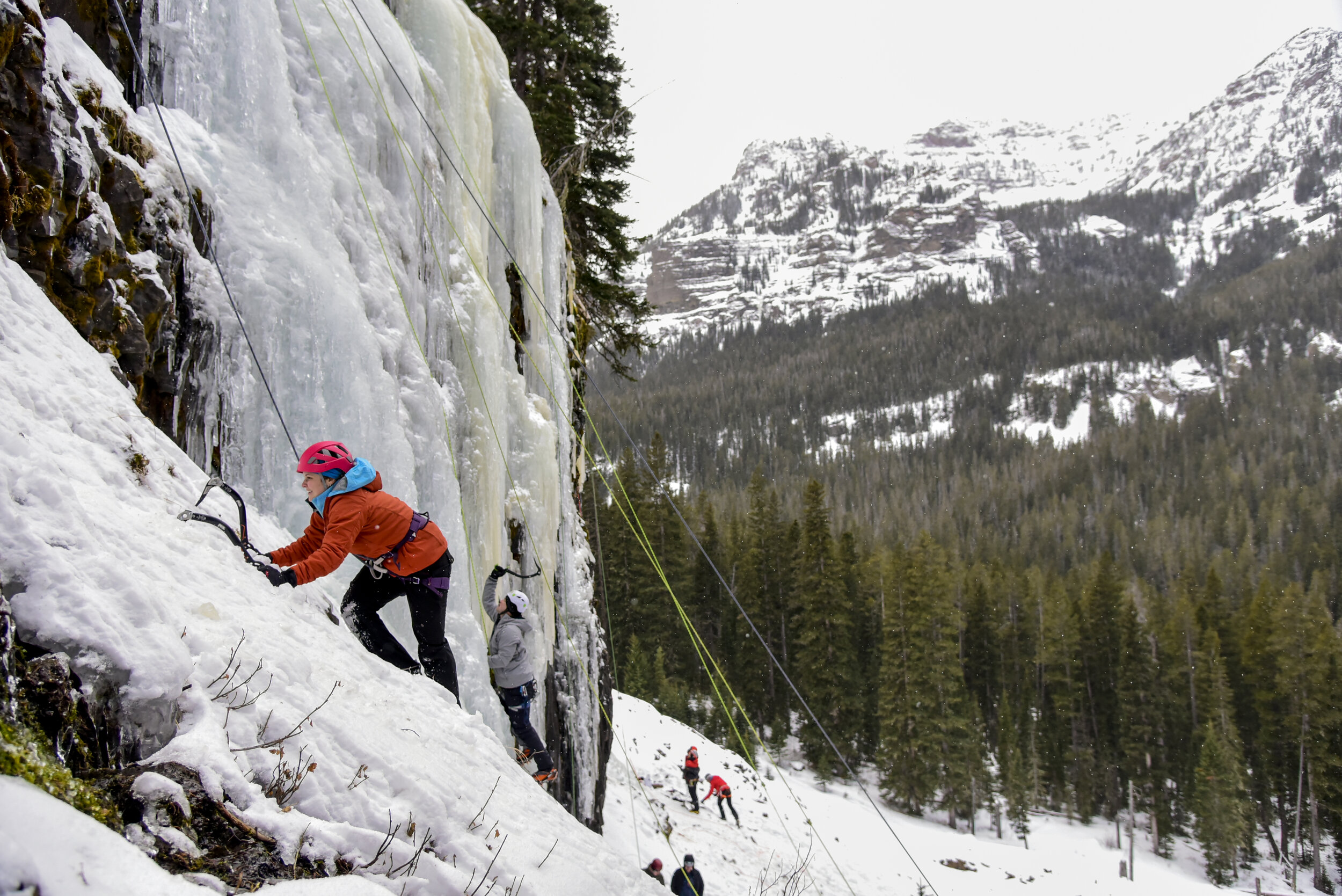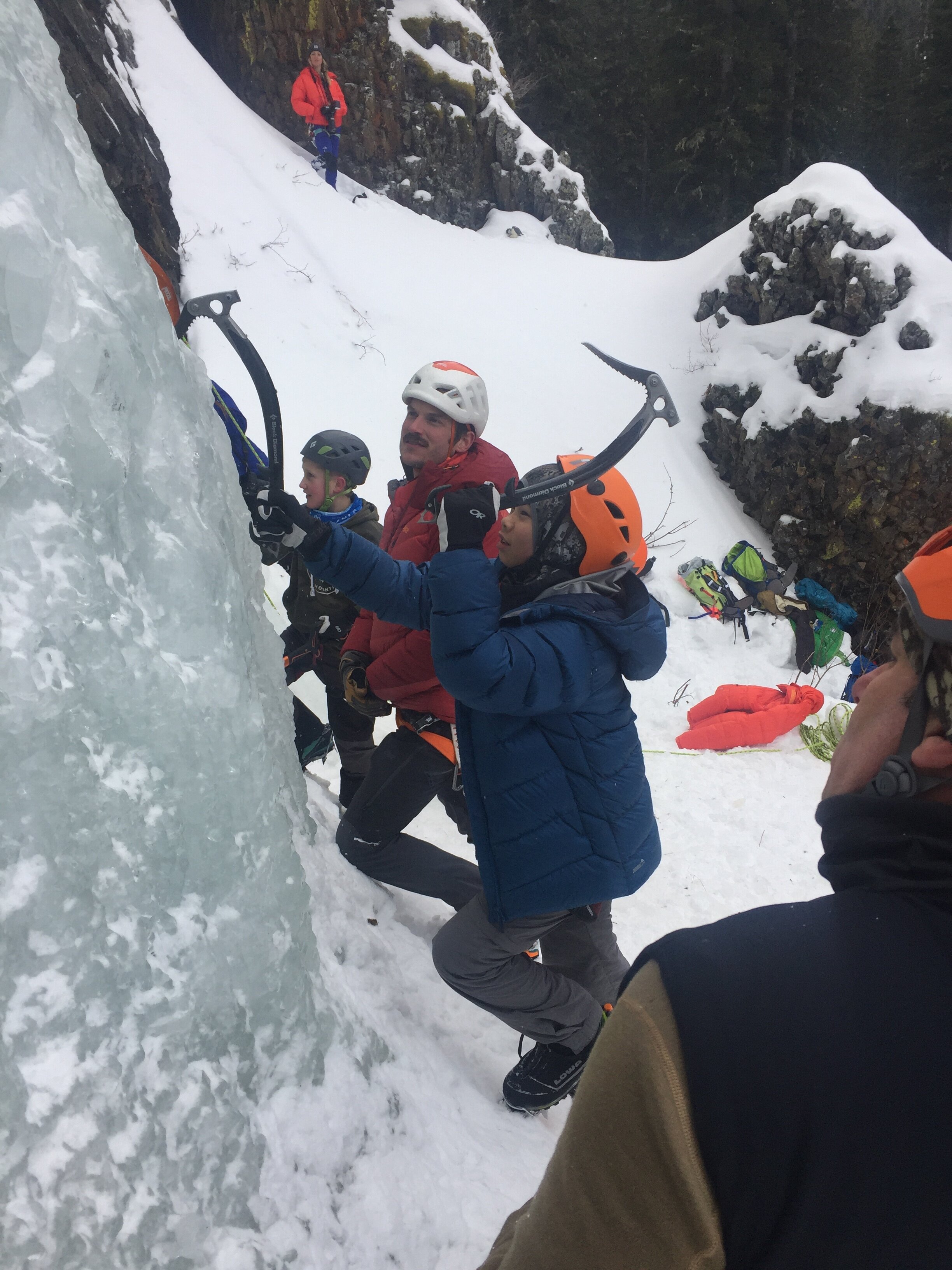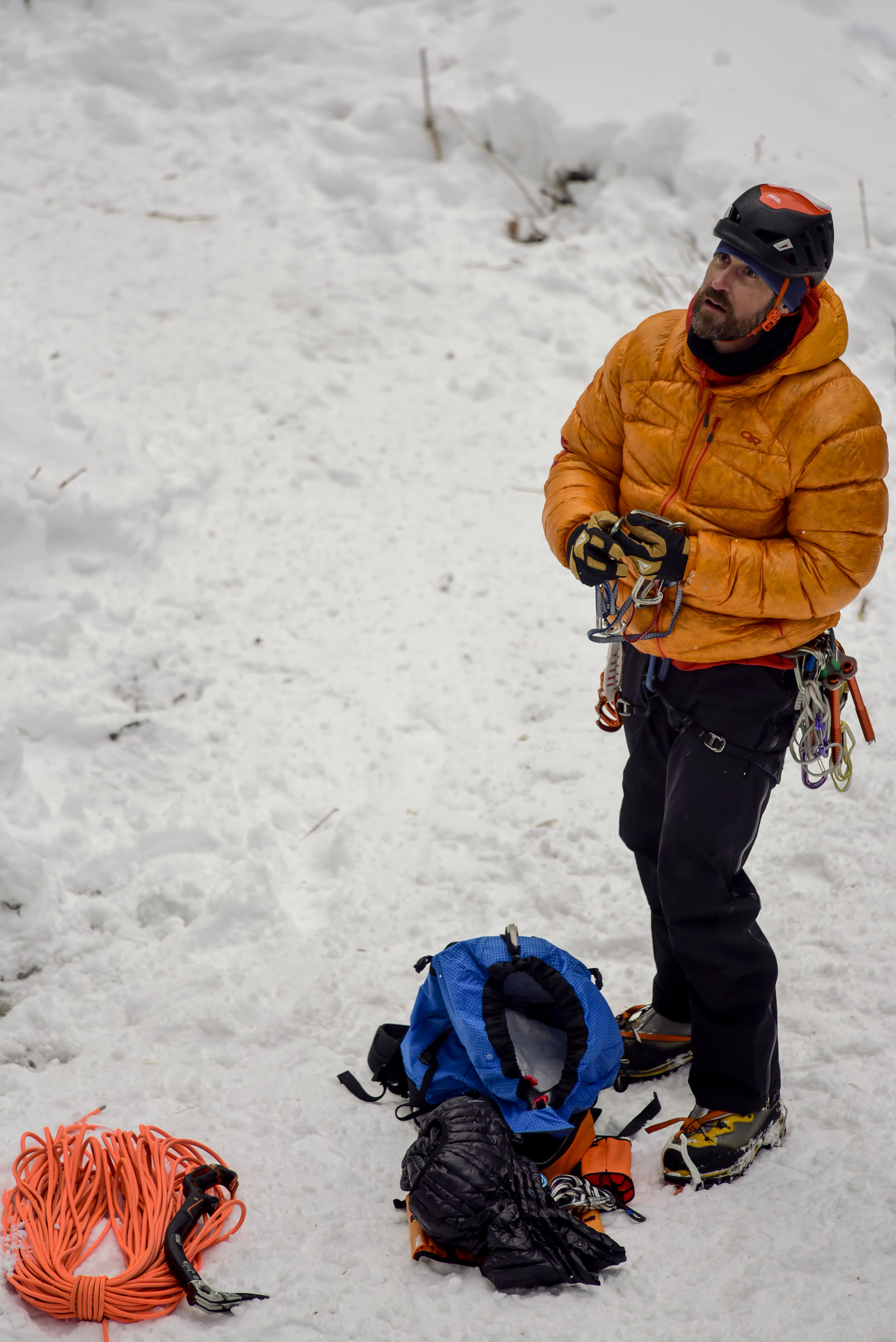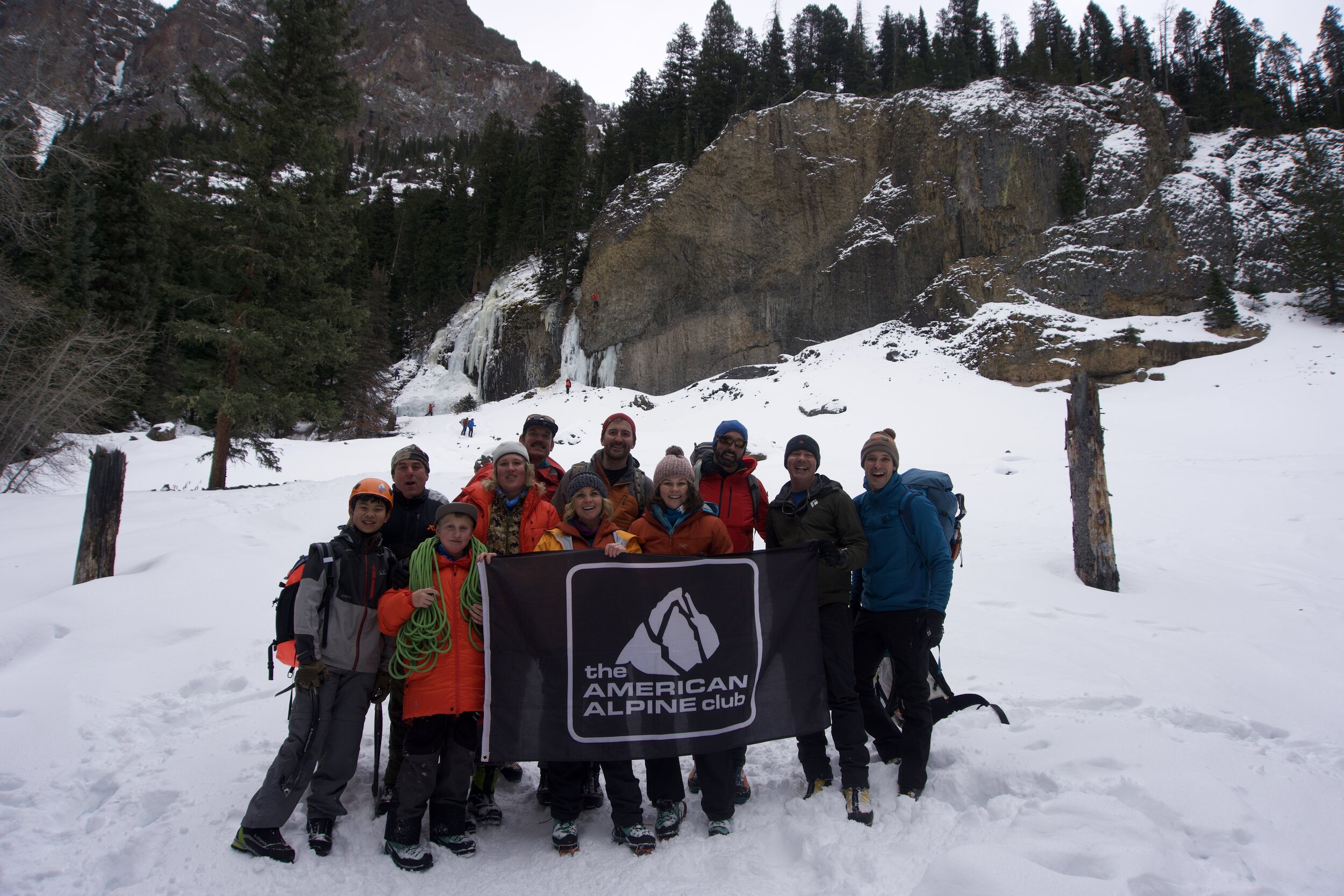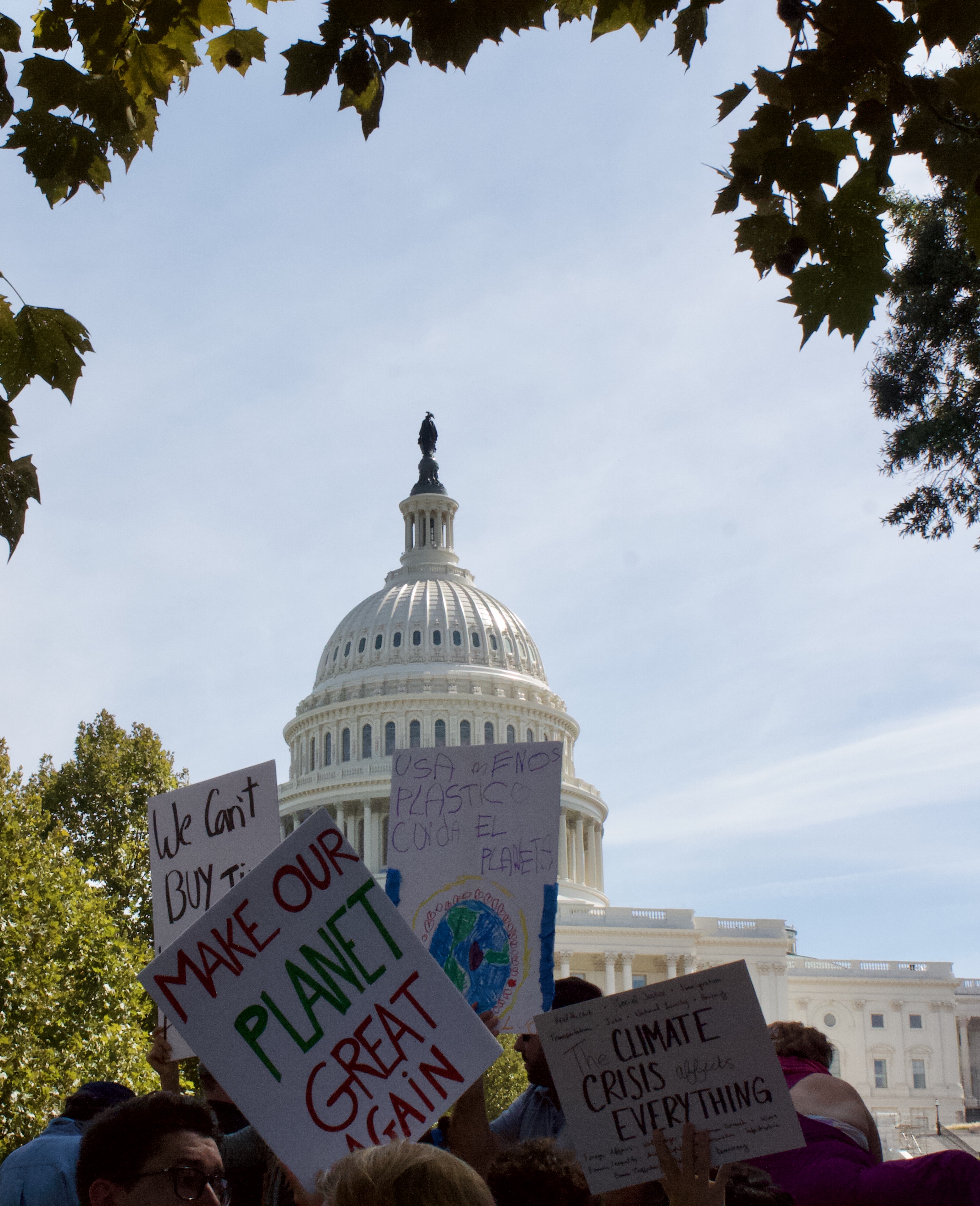As the AAC wraps up our landmark get out the vote campaign, Send it to the Polls, we’re feeling inspired and motivated by the climbing community. In the midst of a global pandemic, you committed to vote, educated others about how to vote, and importantly, you showed up to make your voice heard.
COVID-19 changed the way many Americans participate in the democratic process but against all the odds there was a record setting voter turnout! According to the non-partisan United States Elections Project, 160 million people voted, and there was a turnout rate of 66.9%. Turnout has not been this high since 1900 — 120 years ago. Investments were made across the country to increase voter accessibility like online and same day registration, mail-in ballots and earlier than normal voting. All measures the AAC supports carrying forward into future election cycles in order to continue breaking down voting barriers.
With the 2020 election in the books, we’ve been asked what a Biden-Harris Administration means for the climate and for fixing important environmental regulations like the National Environmental Policy Act (NEPA).
The efficacy of a Biden-Harris environmental agenda partially depended on who controls the Senate - an outcome that was recently decided by two run-off elections in Georgia. With two Democrats winning Senate seats in Georgia, there will be an even split in power in the Senate with Vice President elect Harris acting as the tie breaker. This could mean big things for the conservation lands designations that we advocated for during the previous congress and for the composition of important committees like the Senate Committee on Energy and Natural Resources.
With a shift in power in Congress, we’re hopeful to see the Biden Administration’s extensive legislative agenda realized. President Elect Biden’s website lists climate as a top four priority, and many of the policies highlighted to change in the first 100 days relate to repairing the countless rollbacks we witnessed over the past four years. In fact, the same day that President Trump announced changes to the Council on Environmental Qualities regulations that implement NEPA, then presidential hopeful Joe Biden “outlined an environmental policy that would roll back President Trump’s environmental reforms, invest trillions in clean energy and transportation, and set aggressive emissions goals, including emissions-free power by 2035.”
While we’re hopeful that the incoming Administration will correct these environmental rollbacks, it’s important that they hear from you to prioritize this goal.
The American Alpine Club alongside our partners at the Winter Wildlands Alliance, Western Environmental Law Center and Earthjustice, will continue to fight the previous administration’s NEPA rollback in court and expect to see challenges from intervening parties with a vested interest in a poorly functioning NEPA process. We’ll need your help to keep them at bay.
The National Environmental Policy Act ensures federal decision making is transparent, scientifically informed, and that the public has an opportunity to share their expertise and concerns. It's a bedrock environmental law that requires Federal agencies to engage in a project review process to identify the environmental, cultural, economic, and health impacts of a project, as well as offering alternatives to the plan before a decision is made.
NEPA is also a fantastic tool to help federal agencies consider and account for cumulative impacts like climate change but it needs to be restored to its original form.
Alongside correcting NEPA, President Elect Biden and Vice President Elect Harris have committed to re-entering the Paris Climate Agreement, and ensuring a just transition to renewable energy. With climate policy receiving a potential spotlight in the coming year - we look forward to advocating for public land management as a solution to the climate crisis. Policy objectives like the 30 x 30 resolution to protect 30% of public lands and waters by 2030 are a fantastic opportunity for conservation and recreation groups to conserve critical ecosystems, combat climate change and promote human powered outdoor recreation.
There’s a lot more work to be done, and we’ll need your help pushing the incoming Administration to stand up for the outdoor recreation communities needs, but we’re hopeful about the opportunities on the horizon.






